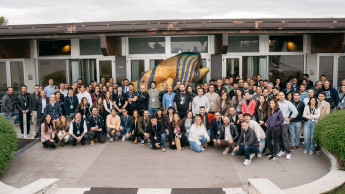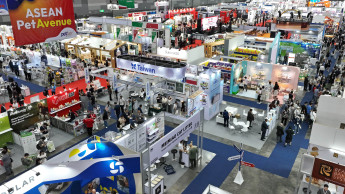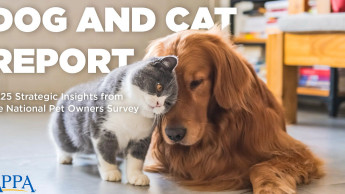

A growing population of increasingly pampered cats and small dogs is more than offsetting a decline in the number of medium and large dogs in Taiwan, as urbanisation deepens and household size shrinks.
Taiwan is a vibrant pet care market, with value sales exhibiting a real compound annual growth rate (CAGR) of 7 per cent during the period 2007-2012 (figures for 2012 are based on part-year estimates) to $ 677 mio. Annual per-household spending on pet care in Taiwan rose from $ 61.90 to $ 85.60 over the same period. This compares to 2011 figures of $ 149.40 in Japan and $ 36.40 in South Korea.Growth in pet care was only mildly affected by the 2009 global economic downturn, when real GDP fell 1.8 per cent. Strong demand from its major export market (China) saw real GDP bounce back strongly (growing by 10.7 per cent) in 2010, and it expanded by a further 4 per cent during 2011. Moreover, there is almost full employment, with an unemployment rate of just 4.4 per cent in 2011. 61.5 per cent of Taiwanese households had an annual disposable income of more than $ 55 000 at purchasing power parity (PPP) during 2011, while 25.4 per cent had more than $ 100 000 at PPP.Nonetheless, spending on pet care in Taiwan has significantly outperformed wider consumer expenditure, which exhibited a real CAGR of just 1.2 per cent between 2006 and 2011. This divergence is due in large part to a number of social factors. Already a predominantly urban society, the proportion of the country's population (23.2 million in 2011) living in urban areas rose from 82.8 per cent to 86.2 per cent between 2006 and 2011. The country's fertility rate stood at just 1.0 children per female in 2011, down from 1.1 during 2006. As a result, average household size is steadily shrinking, with 3.2 million single- and two-person households in 2011, up from 2.8 million during 2006.Prepared food growsAs a result, owners are increasingly humanising their pets and spending more on them. Between 2007 and 2012, the proportion of calories consumed by cats accounted for by prepared products rose from 41 per cent to 51 per cent, while for dogs it increased from 36 per cent to 40 per cent. This is also helping to drive premiumisation in dog and cat food, where premium products accounted for 63 per cent of value sales in 2012, up from 55 per cent in 2007. Organic and all-natural products are beginning to play a part in this growth. The leading brands in premium dog and cat food are "Hill's Science Diet", "Royal Canin", "Nutro Choice" and "Cesar", which had market shares of 23 per cent, 15 per cent, 11 per cent and 10 per cent respectively during 2011.Overall dog and cat food sales were worth $ 326 mio in 2012…
Related articles
Read also

 Menü
Menü






 6/2012
6/2012












 Newsletter
Newsletter